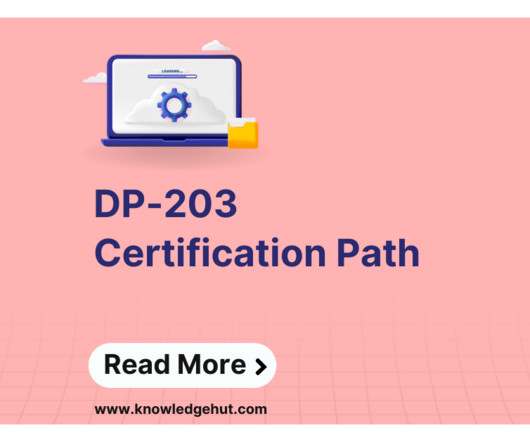How to Become an Azure Data Engineer? 2023 Roadmap
Knowledge Hut
NOVEMBER 17, 2023
To provide end users with a variety of ready-made models, Azure Data engineers collaborate with Azure AI services built on top of Azure Cognitive Services APIs. You ought to be able to create a data model that is performance- and scalability-optimized.












Let's personalize your content